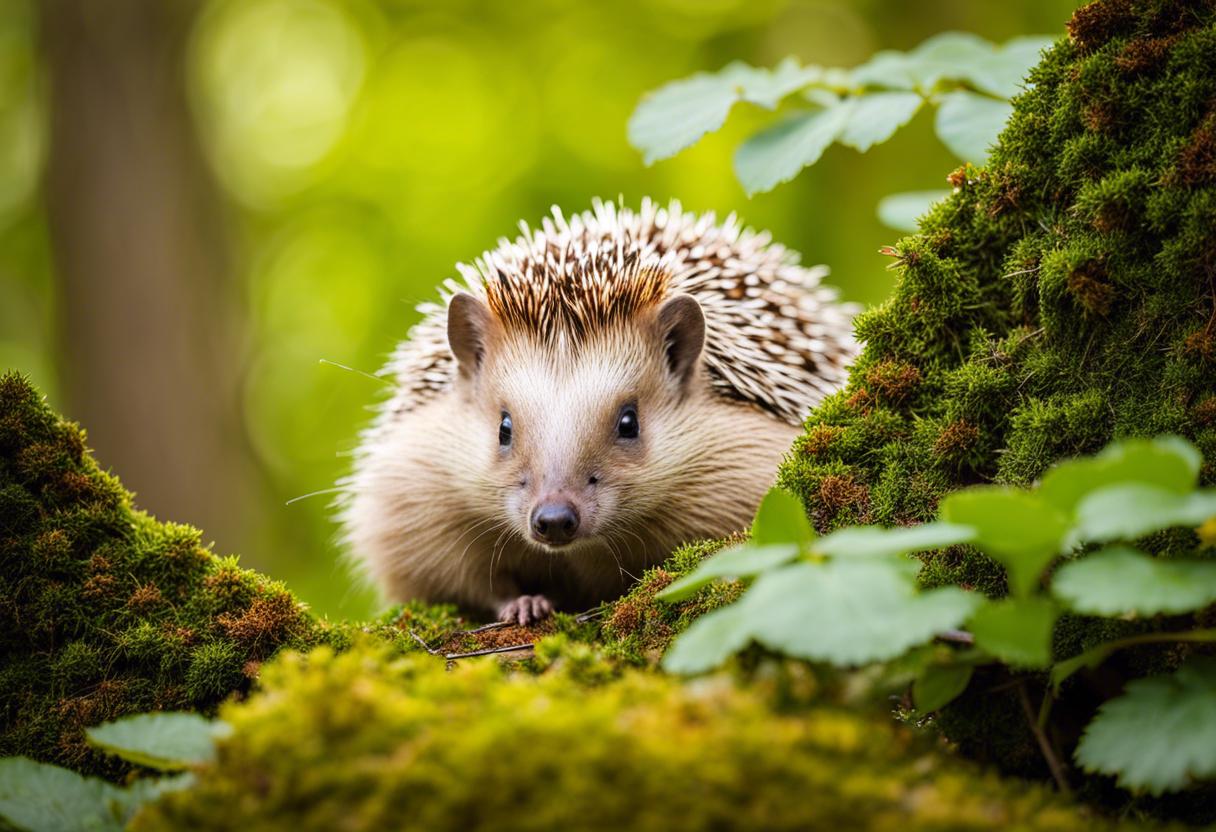Originating from the United Kingdom, my journey to Co Mayo commenced in 2000 and I have resided there ever since. Inspired by my grandfather’s profession as a farmworker and hedgelayer, I delved into the craft following his demise. Ensuing, I attained my certification with the Hedgelaying Association of Ireland.
Typically, hedgerows serve a dual purpose: partitioning land among proprietors and segmenting pastures for livestock. Over time, an unmanaged hedge can become patchy and sparse. Thus, the necessity of hedgelaying for the maintenance of these dividers arises.
Our technique involves making a steep cut, approximately three-quarters deep, into the tree’s primary stem. This enables it to be bent at roughly 45 degrees. This cut, known as a pleacher, may initially appear harsh. However, sufficient tree material remains to allow the transfer of sap in the spring. The hedge thickens from its base due to lower regrowth, thereby serving the purpose of keeping small lambs confined.
We utilise straight, flexible rods of hazel or willow for the weaving or binding process on the hedge’s top. This secures the hedge until fresh growth is observed. An equipped hedge is designed to be impervious to farm stock.
This process also works in the revitalisation of the tree. We trim away a significant number of branches, resulting in a neatly constricted hedge upon completion. I have a particular liking for tidy, visually appealing hedges and am rather particular about it.
The art of hedgelaying promotes the return of various species to the hedges. These hedges offer wildlife a sanctuary, providing a protective shield whilst preserving biodiversity. They also serve as routes for flora and fauna across landscapes. For instance, an open field is a hostile environment for a mouse, making the hedges essential wildlife corridors.
The winter seasons witness my son Toby, age 19, and I embarking on our hedgelaying task as others retreat indoors. Approximately 6.9% of total Irish land is enveloped by hedges, significantly contributing to carbon sequestration. Hedgelaying becomes a livable profession when adequate schemes are initiated. My clientele predominantly comprises farmers and landholders who exhibit interest in eco-friendly agricultural practices. Under grant provision, they welcome the hedgelaying done at no expense, or with minimal financial contributions.
From the onset of September until the end of February, my son Toby and I embrace the lifestyle of a hedger. The advent of winter signifies the start of our work, living in our mobile home stationed alongside the hedges we tend to care for. At the break of dawn, when the sky starts to lighten, our work commences and we persist till it’s too dark to continue. Ensuring everything is dry for the next working day is a challenging task requiring a great deal of hard work, facilitated by our compact wood-burning stove inside the van.
We lead a life that is somewhat transient, living in open fields, lodged within our van adjacent to the hedgerow. We form a deep connection with the hedge. Our lifestyle is rather simple, the primary tools for our work being axes, slash hooks and a chainsaw for larger tasks. It’s gruelling work that leaves us sleeping soundly after a hard day’s work.
The serenity associated with our occupation is unparalleled. We are perpetually surrounded by nature, with long, peaceful nights. Our evenings are spent cooking, typically a two-pot meal owing to limited facilities, followed by leisurely activities like spoon carving. On one occasion, we were gifted venison by the landowner, which we savoured in the very field the deer had lived.
Many individuals express their disbelief and acknowledge their own inability to embark on such a journey with their sons. However, Toby and I have never had any conflict; the confined space of the van wouldn’t permit it. A lengthy stretch of hedge to tend to is always a welcome sight as it guarantees work for an extended period. We recently took care of a hedge in Roscommon which was 350 metres long, taking us an approximate three and a half weeks.
While staying in one location for a significant duration has its charm, the sense of achievement upon the completion of a job is equally rewarding. It provides a substantial habitat for wildlife and feels analogous to inaugurating a new highway, a cause for celebration.
In agriculture, it’s vital to coexist harmoniously with nature. Although it may be convenient to hastily install a few posts and a wire for a lengthy hedgerow, neglecting the aspects of nature that it provides could prove costly. The need for dedicating time and care towards nature cannot be overstated. It’s rather gratifying, even comforting, knowing that I contribute towards environmental conservation. Contributing to the expansion of the hedgerow assures you that it will attract wildlife, providing, among other things, secure nesting zones for birds. As an analogy, think of robust hedgerows as nature’s pantry, bedroom, living room, secret hideaway, and final resting place.
The remainder of the year is devoted to our secondary occupations – carpentry and joinery. It’s comforting to have a safety net to fall back on, but it’s equally refreshing to step out and engage in environmental conservation. Early in my career as a carpenter, my grandfather would often enquire about my work. I truly believe he would have shown great interest, and even a sense of delight, in the environmental work we’re currently immersed in, had he still been alive today. – As told by Joanne Hunt.

